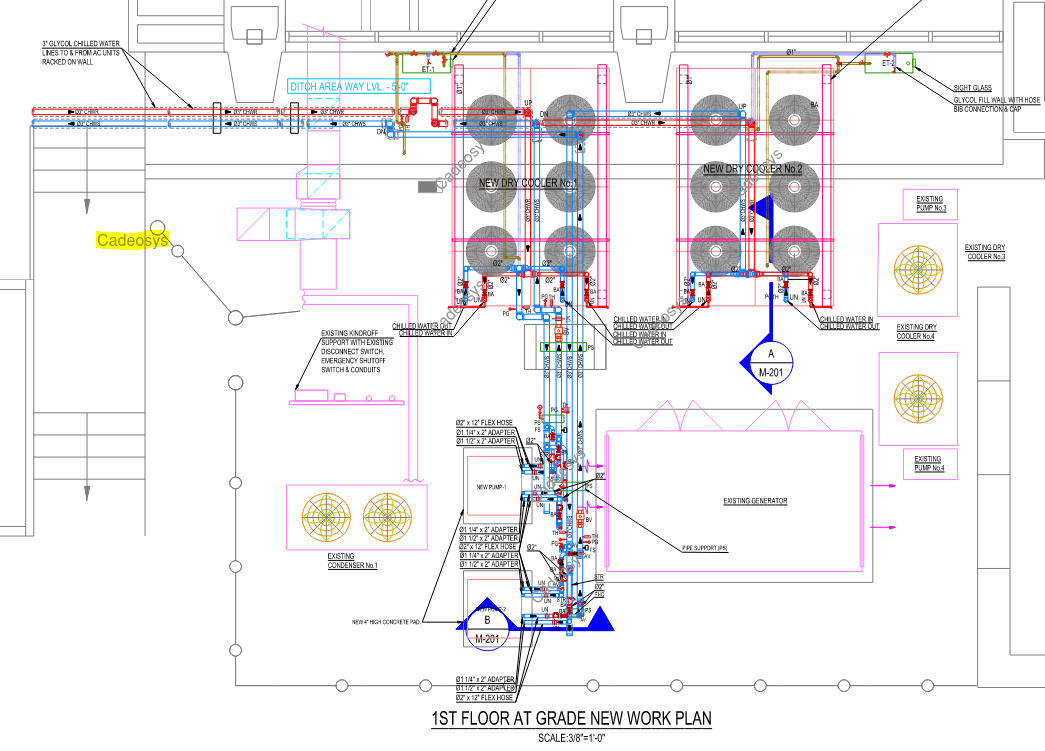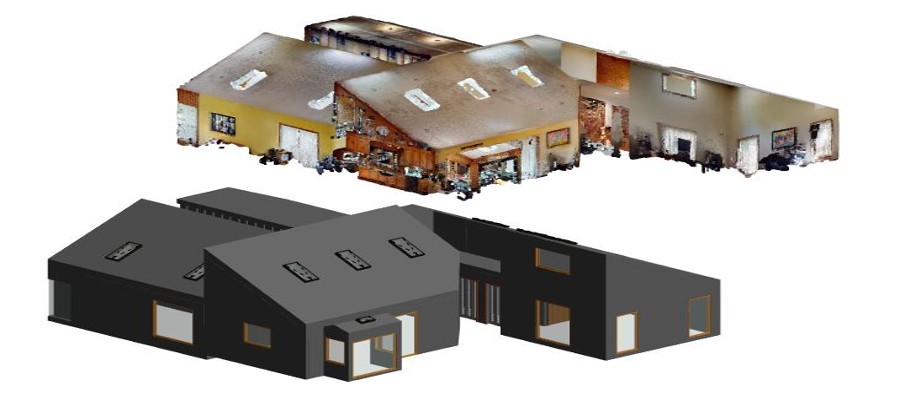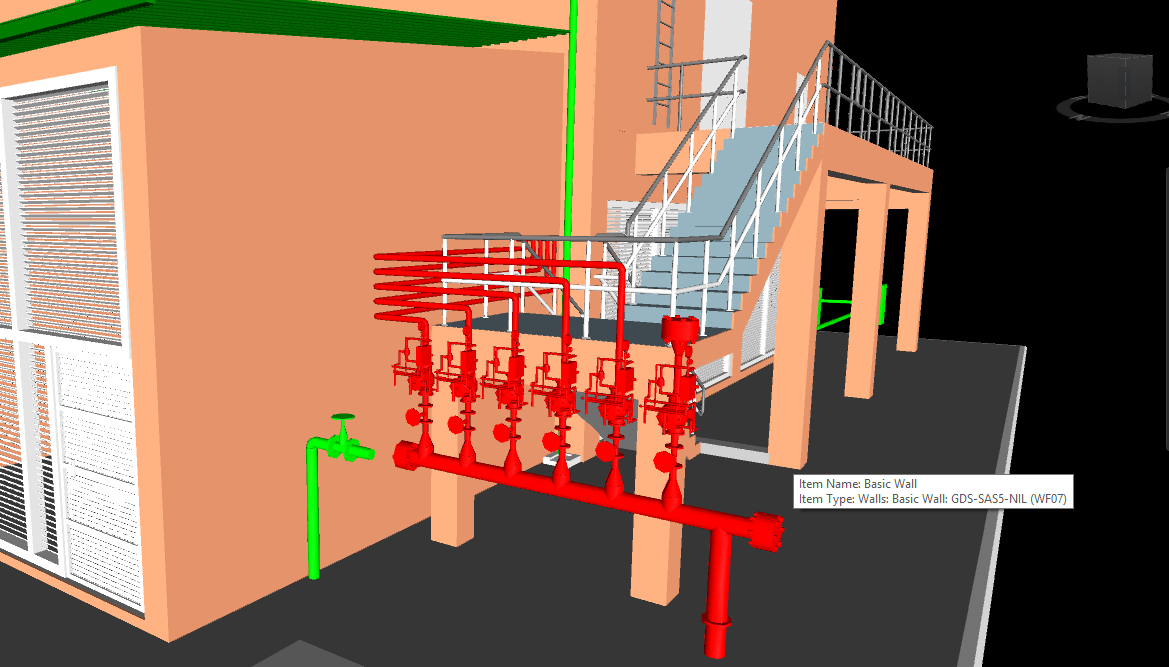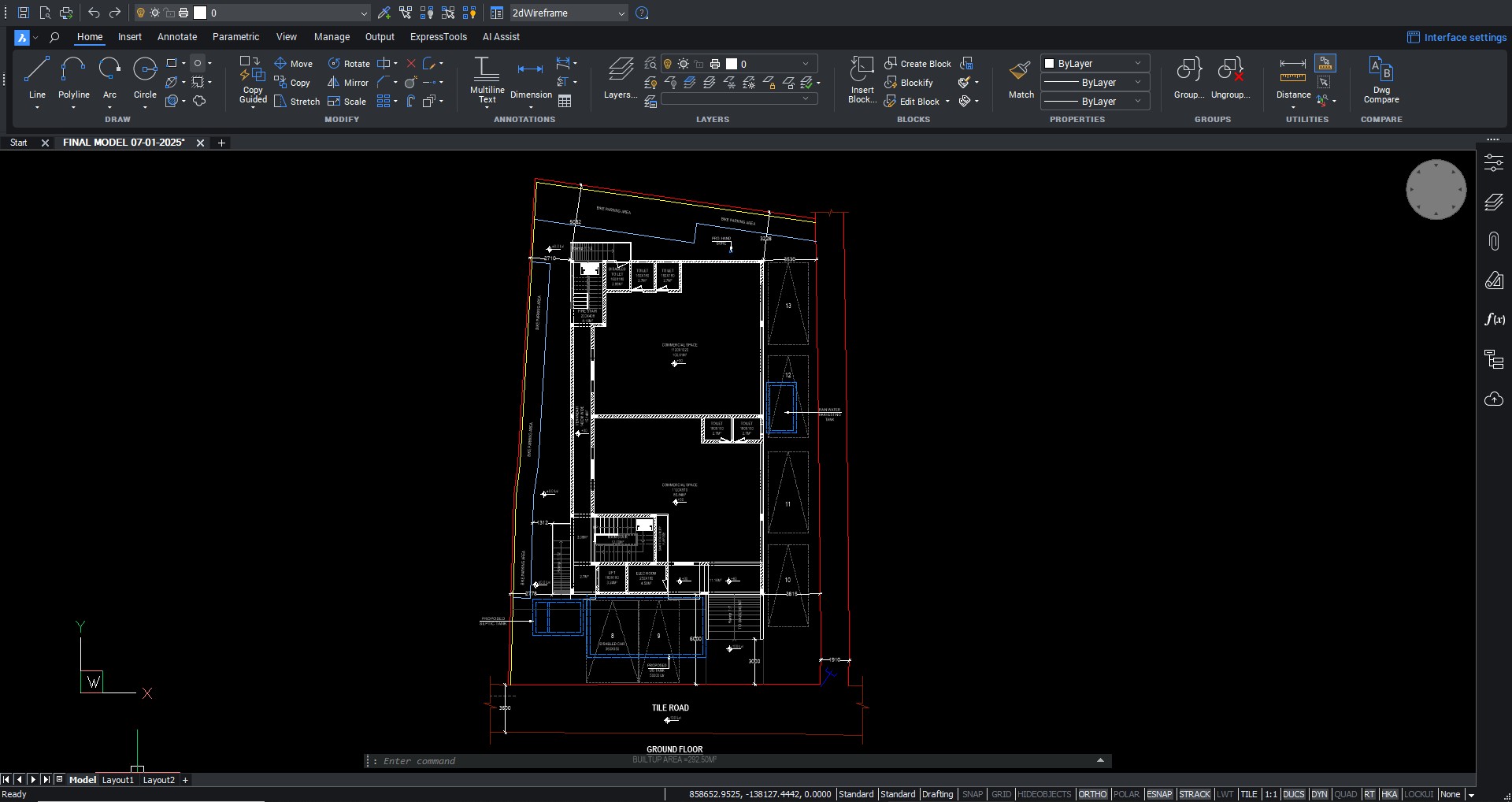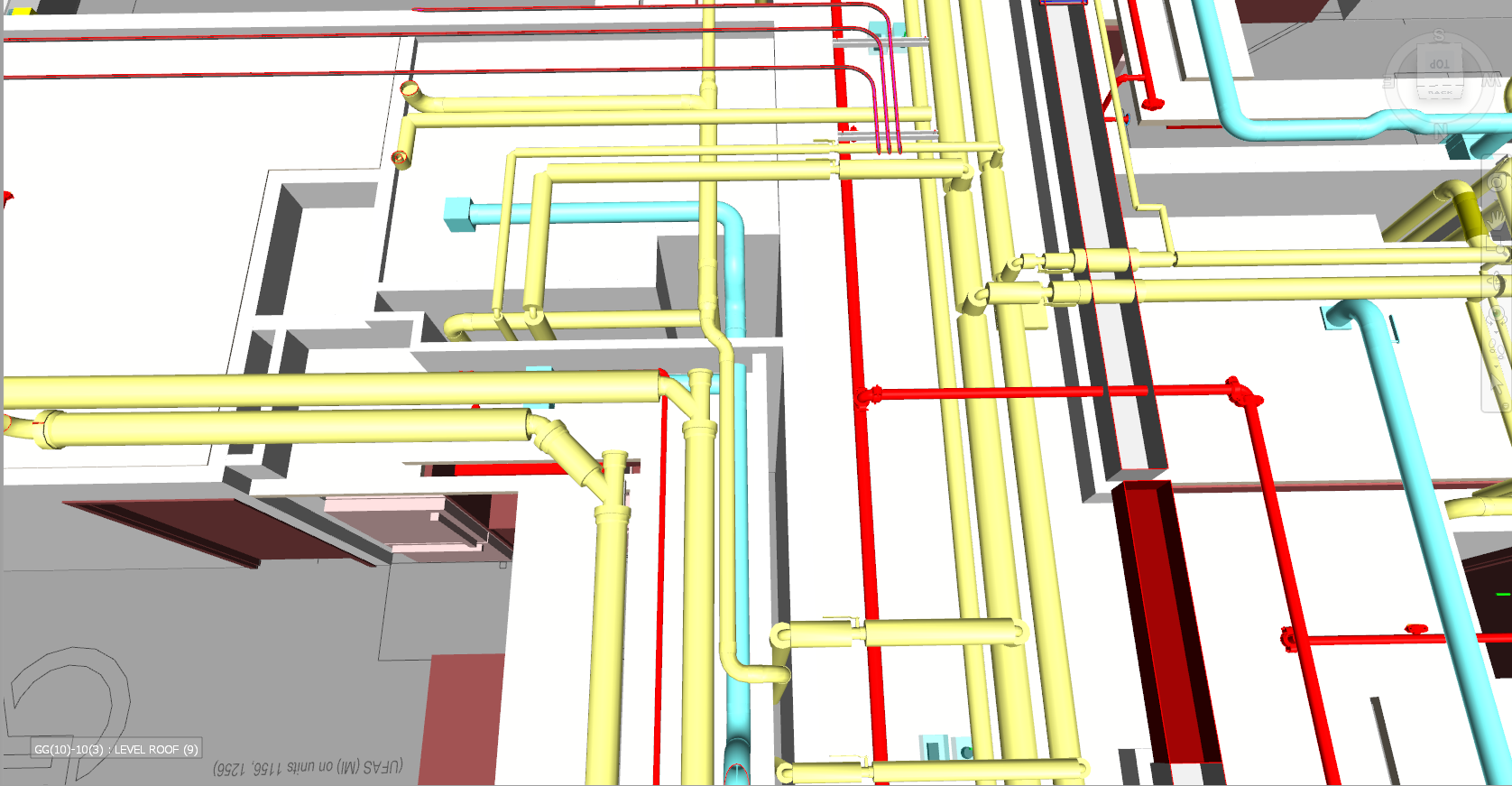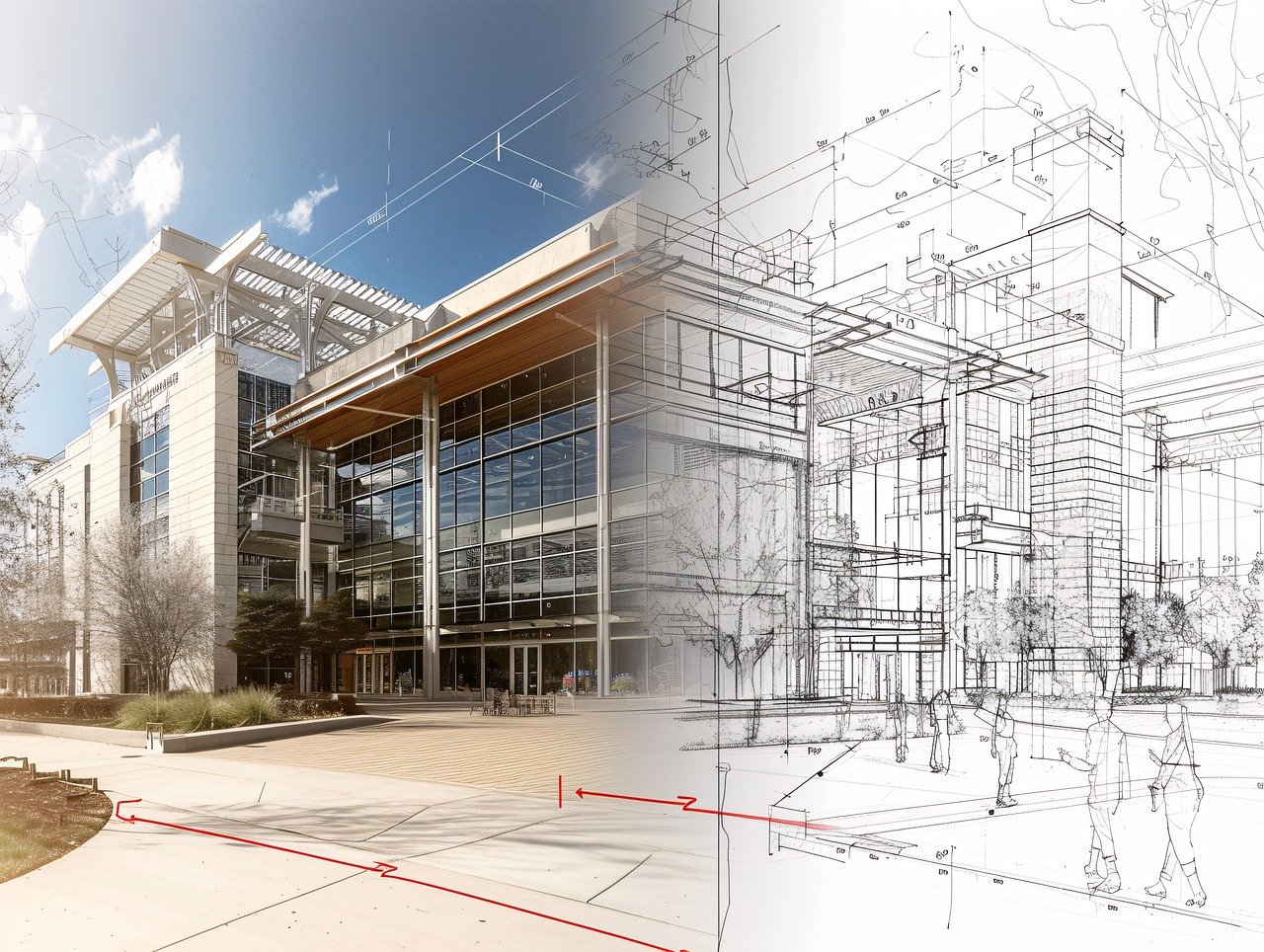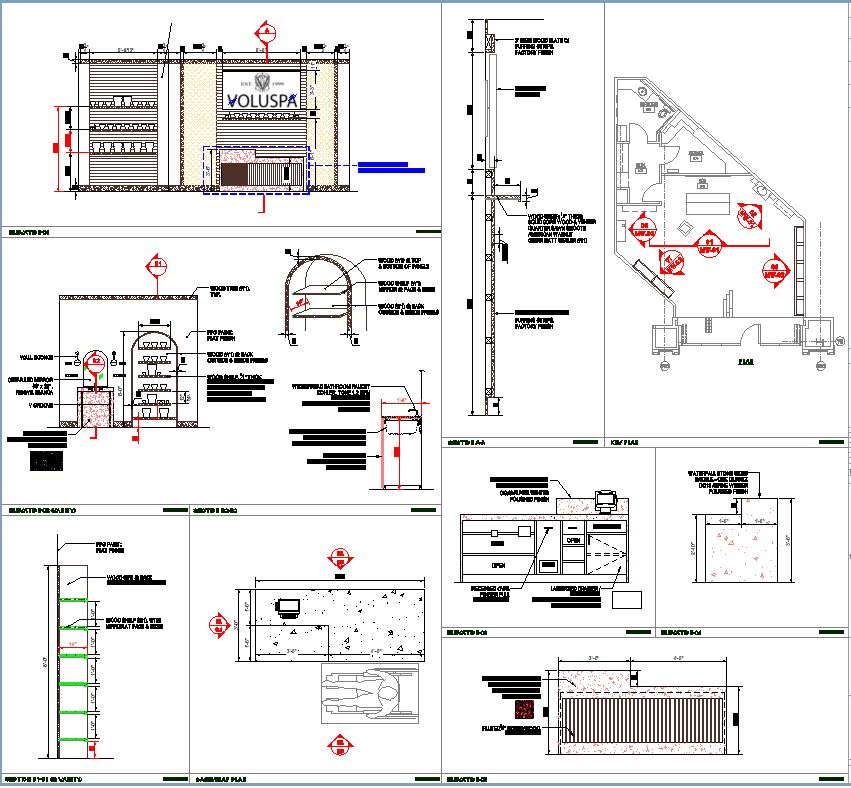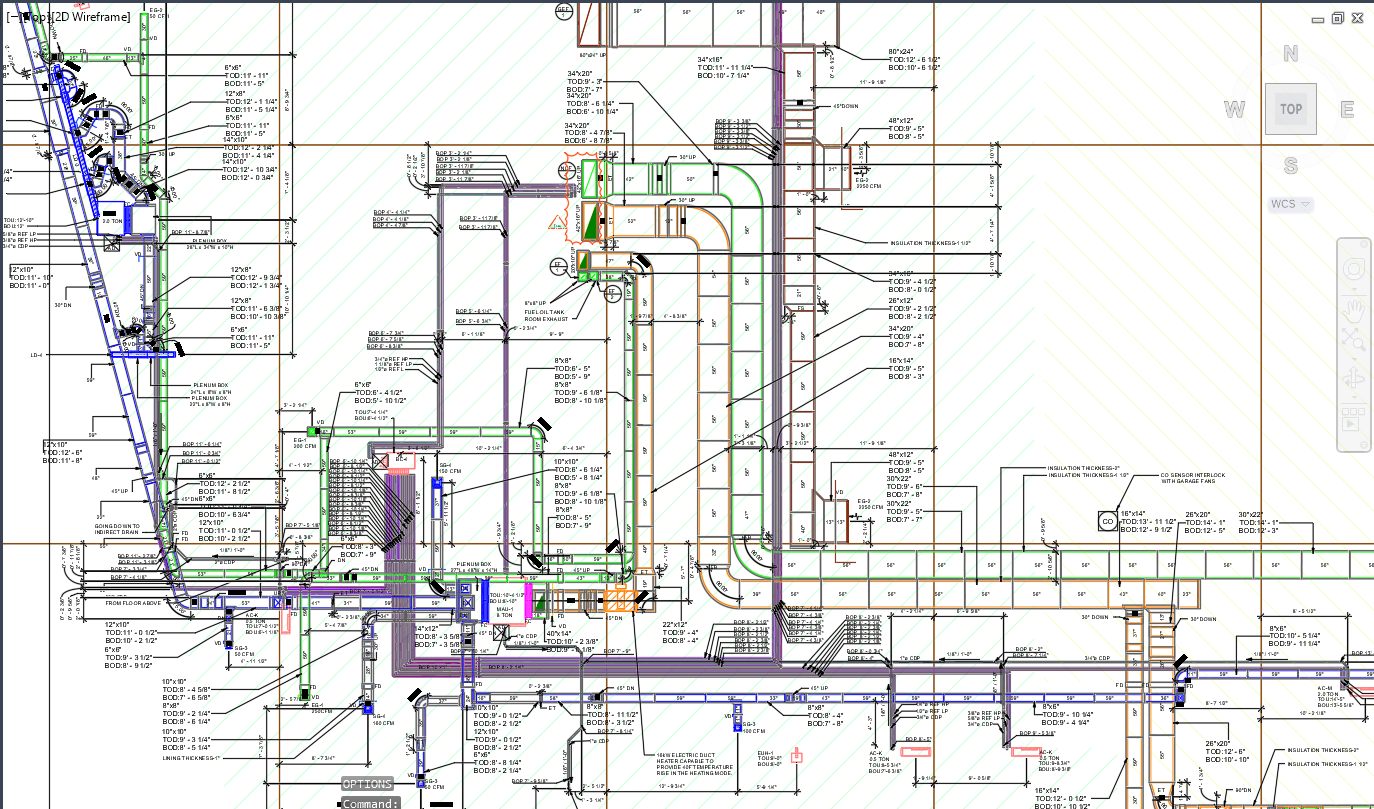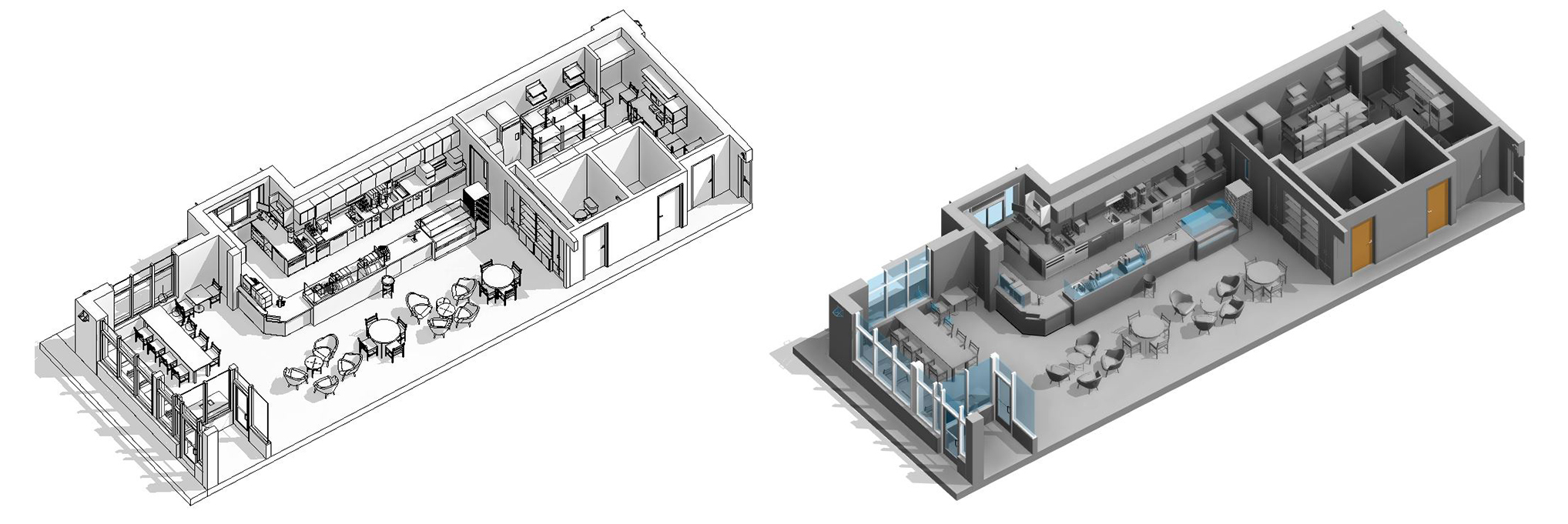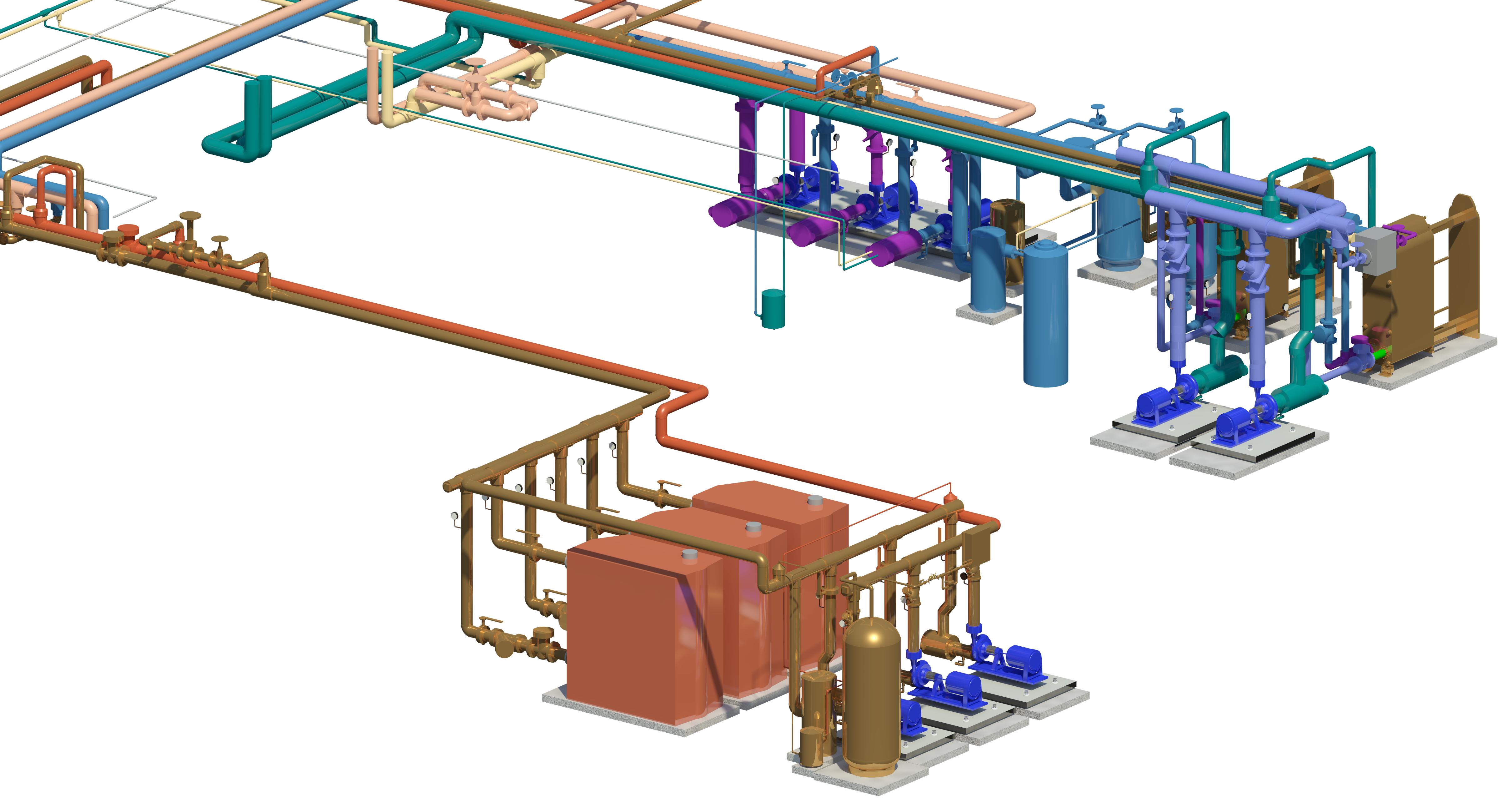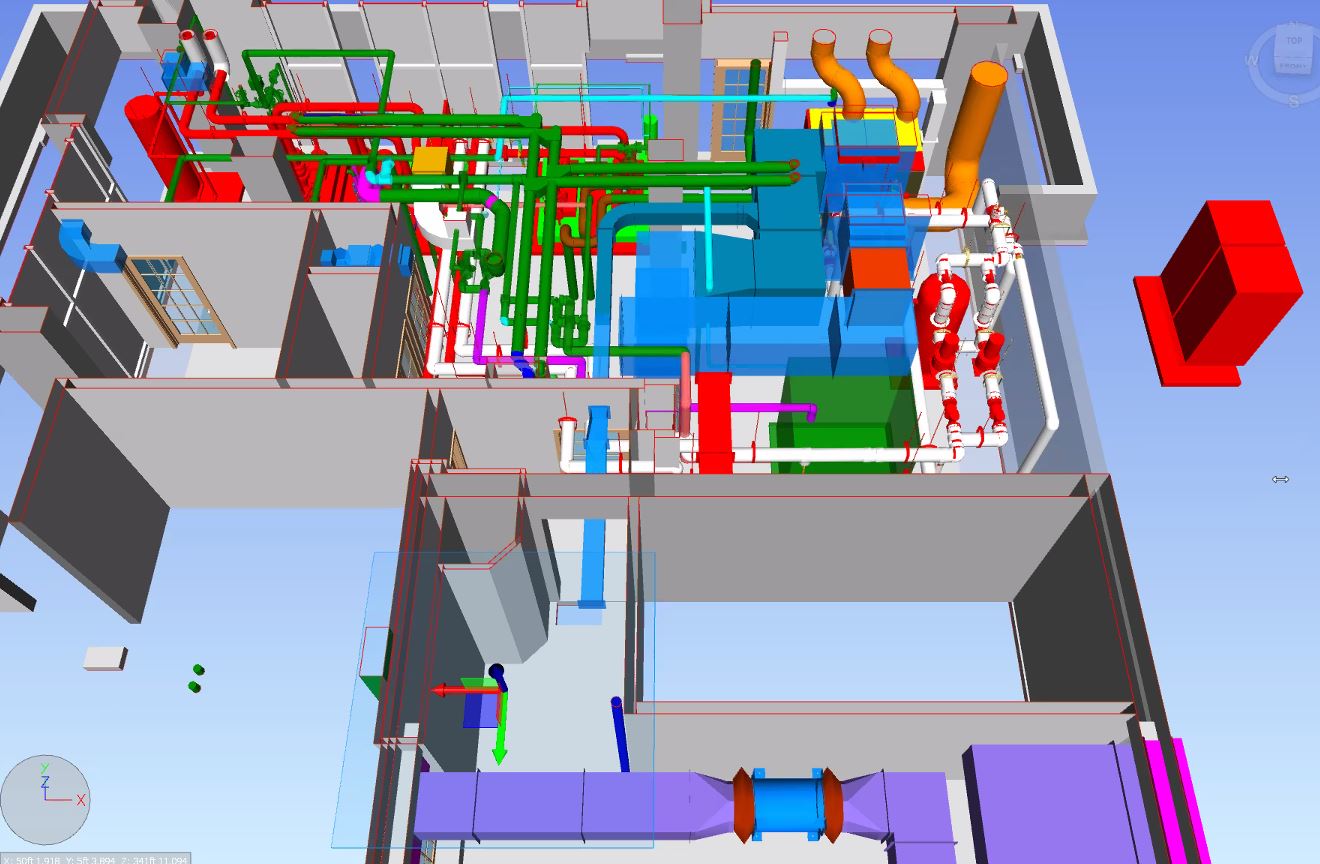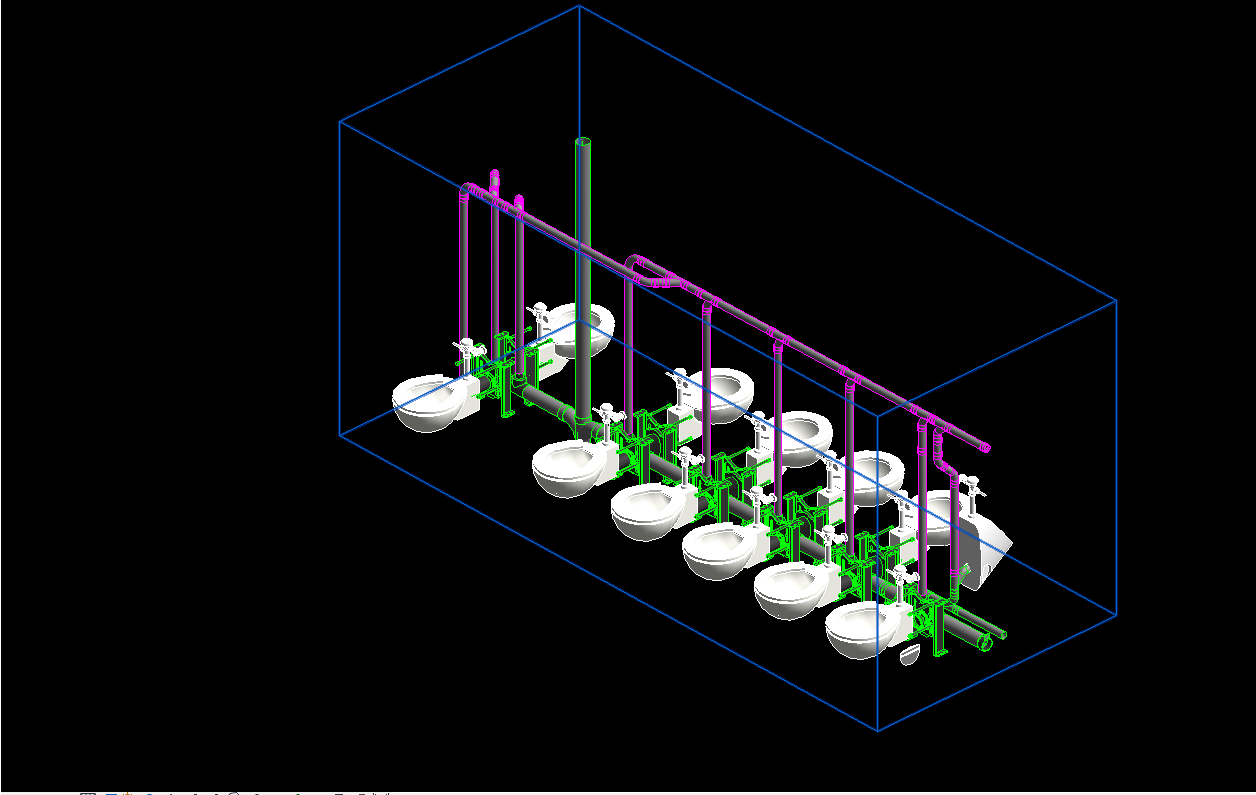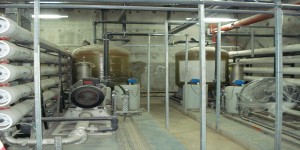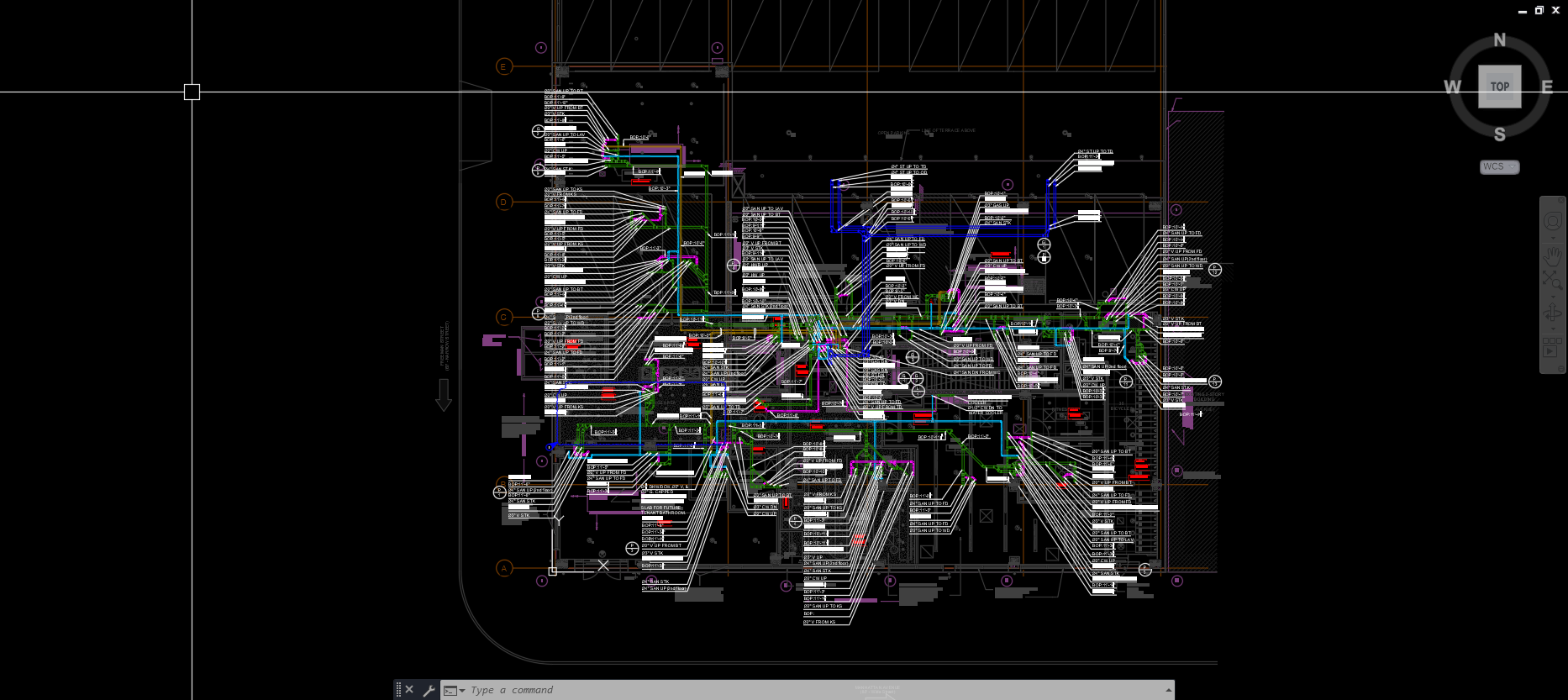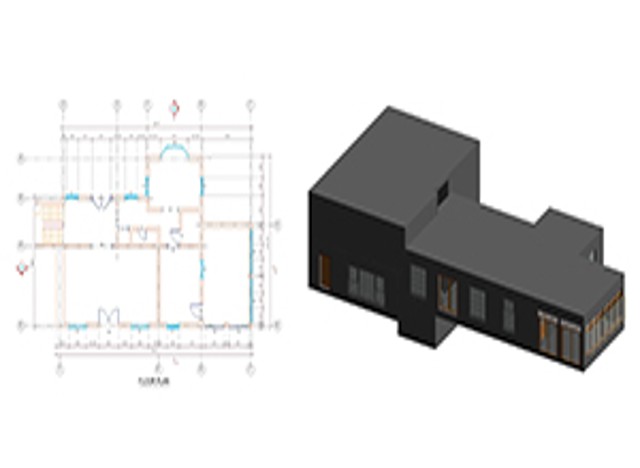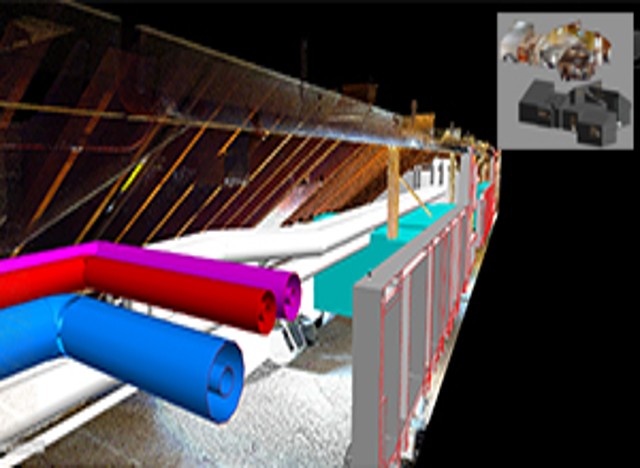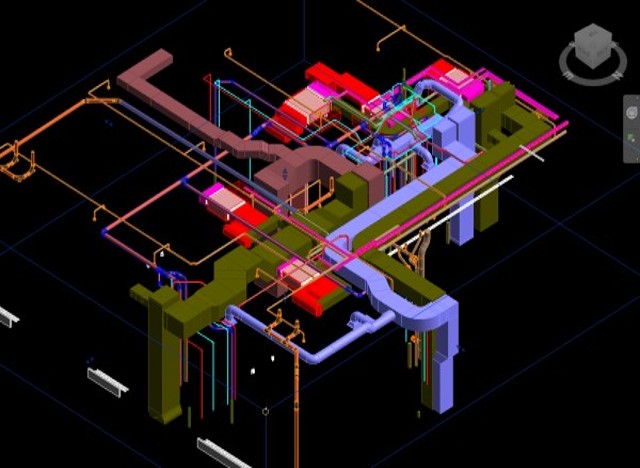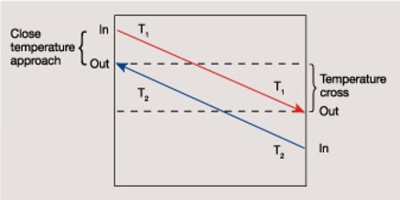
District cooling systems, such as district heating systems, comprise an underground network of insulated pipes that deliver chilled water to various users.
United StatesCornell University's Lake Source Cooling System uses Cayuga Lake's cold water as a heat sink to operate the campus's central chilled water system and to provide cooling to the Ithaca City School District. The system works by drawing cold water from a deep intake point in the lake, approximately 10 feet above the lake bottom and 250 feet deep, where the temperature is approximately 39°F all year. This water is then circulated through the plant's heat exchanger, where it transfers its heat to another pipeline that transports chilled water to various buildings on campus. The chilled water system is a closed loop, which means that no pumps or compressors are required to move the water. Instead, natural convection and gravity are used to circulate the water. The plant's chilled water is then returned to the lake through small holes at an outfall point about 500 feet offshore. Most of the year, the lake water is clear and cool, and it has no significant impact on the ecosystem. The system cools approximately 14,500 tonnes (50 MW) of load, which includes buildings such as Wilson Laboratory, Weill Cornell Medicine, Cornell Tech, and others. The Lake Source Cooling System cost $55-60 million to build and has been in operation since 20002. It is one of North America's largest district cooling systems and has been recognised as a model of sustainable design and energy efficiency. It also serves other nearby communities, including Ithaca High School and Cayuga Lake State Park. Cadeosys' team of skilled and proficient experts provides HVAC services. The team has expertise in various engineering disciplines and HVAC drawings.
What precisely is a district cooling gadget?
District cooling systems are a type of district power machine wherein water is cooled centrally and then circulated through a community of insulated underground pipes to a couple of homes to provide cooling. District strength systems have been around due to the fact that ancient Rome and are extensively used in the center East, Europe, and Scandinavia. By utilizing cooling energy from a centralized cooling plant, the need for individual buildings to install their own cooling systems is eliminated. This approach presents economic and environmental benefits, particularly in urban areas and densely populated building clusters where cooling demands are concentrated.
provide an overview of how the district cooling system operates?
District cooling systems offer operational flexibility and convenience, allowing each building to utilize the desired amount of cooling, regardless of the size or capacity of the chiller. Additionally, these systems provide the option of utilizing the same electricity supplier, further enhancing their efficiency and ease of use. Alfa Laval's heat exchangers are designed to be highly efficient and minimize the loss of heat. They utilize a technique called the "close approach" method, which significantly reduces energy loss in the plate heat exchanger. This method enables temperature exchange with a maximum difference of only 0.5°C/0.9°F.




